This excerpt was reprinted from “America and the Yemens” (2023) by permission of Brookings Institution Press.
James Carter is remembered as the president who faced the fall of the shah and the hostage crisis in Iran, very difficult challenges that many Americans felt he failed to handle effectively. This view ignores his many successes in foreign policy, including a much-forgotten crisis in Yemen where he defeated a Soviet-backed communist attempt to overthrow the pro-Western regime in the Arabian Peninsula.
In the 1970s, Yemen was divided between the north, where Ali Abdullah Saleh was the military dictator, and the south, where the communist party was in charge of the People’s Democratic Republic of Yemen (PDRY). The communists were riven by infighting with extreme hardliners in charge.
On February 24, 1979, in response to a minor raid from the north probably not authorized by Saleh, the PDRY mounted a full-scale invasion across the border.
South Yemen had air superiority thanks to significant assistance from Russia and East Germany. Eight hundred Cuban troops assisted the south. The Soviets had 1,000 advisers and experts in the south. Southern tanks were on the verge of seizing Taiz, the former capital of the north, which would have been a staggering blow to Saleh. On March 8, the southern air force bombed Sanaa, the new capital, and two days later they raided the key port of Al Hudaydah. Saleh appealed to Washington, Baghdad, and Riyadh for help.
Carter responded decisively. It was a critical moment for Carter: The shah had just fled Tehran and the president was heading for Cairo to try to finish the Egyptian-Israeli peace deal. Carter and his national security advisor, Zbigniew Brzezinski, saw the PDRY offensive as a Soviet and Cuban test of the president’s resolve to defend America’s allies in the Middle East. Eighteen F-5 jet fighters were dispatched to fight the PDRY air force. Since Yemen had no pilots trained on the F-5, Carter got Taiwan to send 80 pilots and air crews to operate and maintain them. Saudi Arabia agreed to pay for the jets and crews as well as tanks, artillery, and other equipment for the north, which would amount to $300 million. Iraq sent air defense crews to help protect Sanaa. The U.S. Navy did a show of force in the Red Sea by deploying several warships.
Iraq also used its political influence to secure a cease-fire. On March 20, 1979, in Kuwait, the two sides signed a cease-fire and promised to unify peacefully. That did not happen but the Arab intervention to end the crisis and the rush of American aid to the north undermined the strength of the radicals in Aden. In 1980, the top communist leader of the south, Abd al Fattah Ismail, went into voluntary exile in Moscow.
The Kuwait Agreement and the aid from outside, including from Carter and Saddam Hussein, gave Saleh a tremendous boost. He would then bring stability and order to the country after two decades of war, assassinations, coups, and intrigue. He famously said that ruling Yemen was like dancing on the heads of snakes because the politics of Yemen were split by tribal enmities, religious differences, and geography. Moreover, outside parties, especially the Saudis, meddled endlessly in the north’s politics.
The first years of Saleh’s more than three decades in power were tumultuous ones in the Middle East. Anwar Sadat traveled to Jerusalem in November 1977 and then signed the Egyptian-Israeli peace treaty with Menachem Begin in early 1979. The treaty was the work of Carter, who devoted enormous time and attention, as well as political capital, to get it done. Like almost all the Arab states, except Oman, Yemen broke diplomatic relations with Egypt after the treaty was signed, and Saleh joined in the boycott of Sadat that would continue until his assassination in October 1981 by armed militants angry about the peace with Israel.
In Iran, the shah was toppled from power in 1979 and the American diplomats at the embassy in Tehran were held prisoner by the Islamic radicals that had overthrown him. Saleh, a republican, was hostile to Ayatollah Ruhollah Khomeini’s Islamic Republic and its efforts to export its revolution to other states, especially those with Shiite majorities. Yemen supported Iraq in September 1980 when it invaded Iran to try to topple Khomeini. Saleh’s years of military training in Iraq undoubtedly contributed to his inclination to back Saddam.
Yemen and Saleh would support Iraq and Saddam throughout the eight long years of the Iran-Iraq War. Yemeni “volunteers” fought with the Iraqis. The war was the longest conventional conflict in the world since the Korean War. At least 500,000 Iranians and perhaps 300,000 Iraqis died.
Many years later, Carter would travel to Yemen and say that it was the most fascinating country he ever visited. He even tried Qat, the mild narcotic most Yemenis chew. Carter’s decisive stance in 1979 made Saleh’s survival possible and kept the Soviet Union from dominating Arabia.
The Brookings Institution is committed to quality, independence, and impact.
We are supported by a diverse array of funders. In line with our values and policies, each Brookings publication represents the sole views of its author(s).
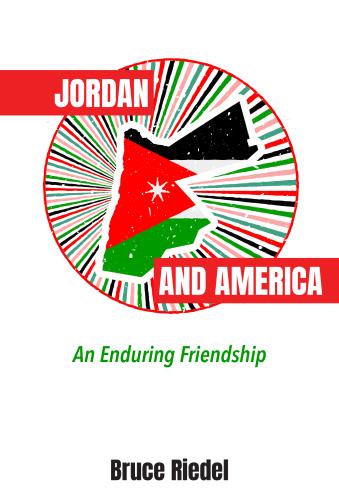
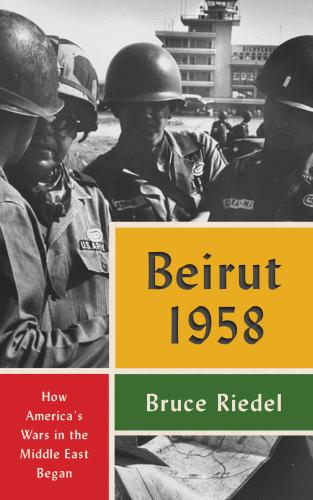
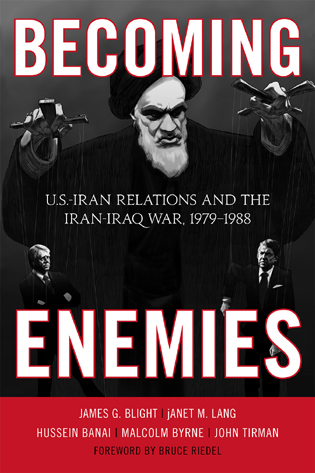
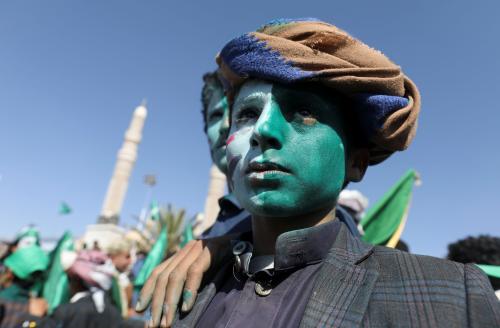
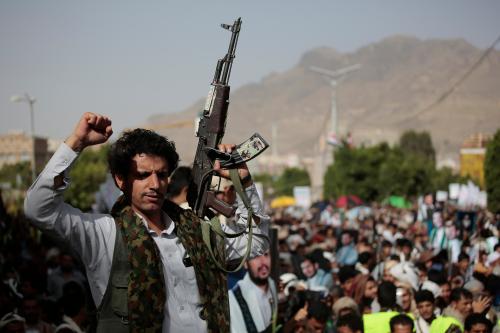
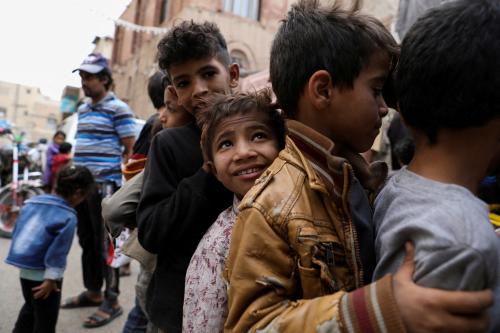
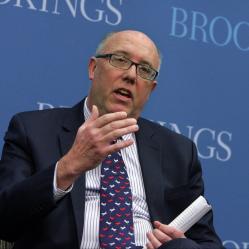

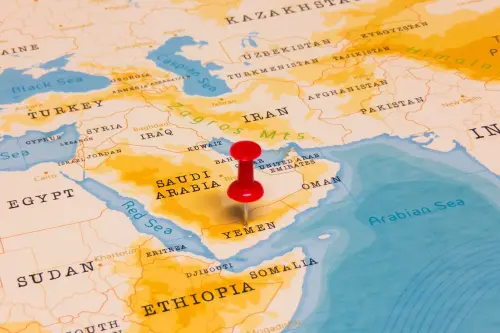
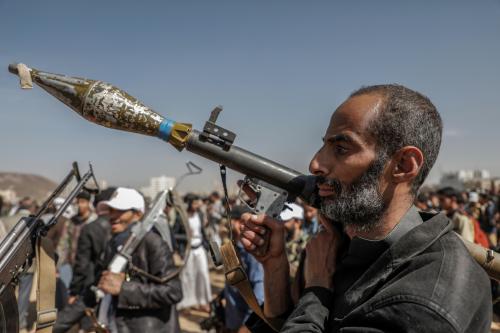
Commentary
Jimmy Carter’s forgotten crisis in Yemen
March 3, 2023